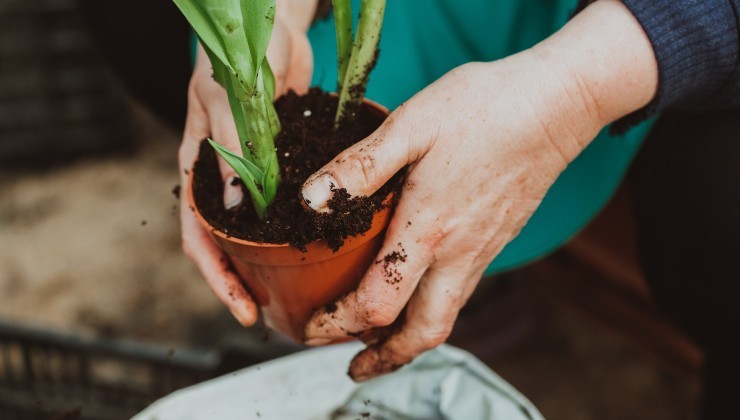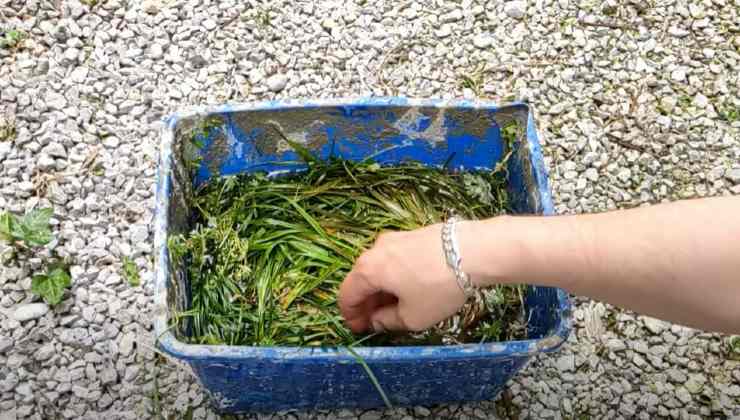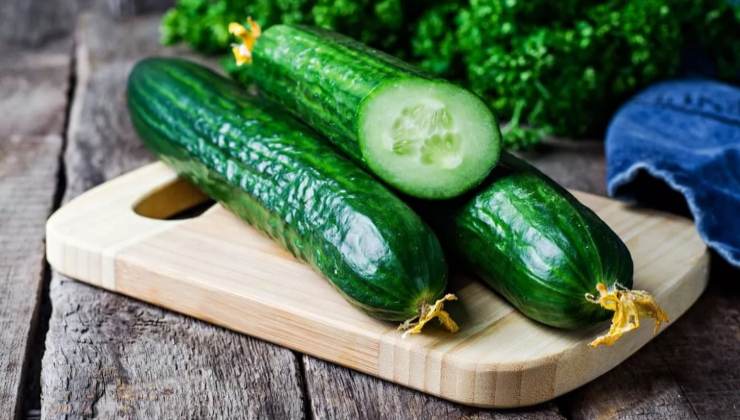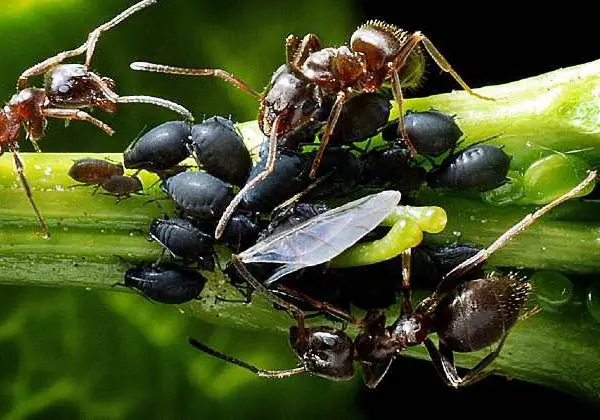When it comes to growing healthy, thriving plants, there’s nothing better than creating your own fertilizers at home. Instead of spending money on expensive store-bought products, you can make a cheap organic fertilizer right in your own backyard. In this article, we’ll show you how to make the best natural fertilizer for tomatoes and cucumbers using simple, inexpensive ingredients. It’s easier than you think—and your plants will thank you!

What is Organic Fertilizer?
Organic fertilizer is a natural substance used to enrich the soil and provide essential nutrients for plants. Unlike chemical fertilizers, organic options are free from harmful toxins and chemicals, making them safe for both the environment and your plants. By using organic fertilizers, you’re not only improving plant health but also enhancing the soil’s quality, which in turn supports long-term soil fertility.
Why Choose Organic Fertilizer?
The benefits of organic fertilizers are many:
- Improved Plant Health: Organic fertilizers provide essential nutrients like nitrogen, phosphorus, and potassium, which are crucial for vigorous plant growth and disease resistance.
- Soil Enrichment: These fertilizers stimulate the growth of beneficial microorganisms in the soil, helping to break down plant material into nutrient-rich compost.
- Sustainability: Organic fertilizers are environmentally friendly, supporting the creation of a balanced ecosystem that benefits bees, birds, and microflora in your garden.
Making Your Own Cheap Organic Fertilizer
The best part? You don’t need to spend a fortune to make an effective fertilizer for your tomatoes and cucumbers. All you need is a bucket or barrel, some fresh grass clippings, and water. This homemade fertilizer is an eco-friendly, cost-effective solution that will help your plants grow strong and healthy.
Ingredients:
- 1 bucket or barrel (plastic, not metal)
- Fresh grass clippings
- Water
- Sugar (optional)
- Yeast (optional)
- Crushed bread crust (optional)
- Wood ash (optional for added strength)
Steps to Make Organic Fertilizer:
- Fill the bucket three-quarters full with fresh grass clippings.
- Add water until the grass is fully submerged.
- For faster fermentation, add sugar, yeast, and crushed bread crust to the mixture.
- Optionally, for a more powerful solution, you can add wood ash to the mix.
- Stir the ingredients well and let them ferment for about two weeks. The hotter the weather, the faster the fermentation process.
Using Your Organic Fertilizer
Once the mixture has fermented, you can dilute it with water in a 1:10 ratio and use it to water your garden plants, especially tomatoes and cucumbers. This natural fertilizer is packed with essential nutrients like nitrogen, phosphorus, and potassium, which will help your plants grow stronger and more resilient.
Tips for Best Results with Organic Fertilizer

To get the most out of your homemade fertilizer, here are some helpful tips:
- Distribute evenly: Apply the fertilizer evenly across the soil, ensuring all plants receive the nutrients.
- Dilute correctly: Always dilute the liquid fertilizer according to the 1:10 ratio to avoid overfeeding your plants.
- Don’t overapply: Even though organic fertilizers are safe, it’s important not to exceed the recommended amounts to avoid harming your plants.
- Apply at the right time: The best time to apply fertilizer depends on your plants’ needs. For example, tomatoes benefit from more nutrients during their growth phase, while cucumbers may need them as they start to fruit.
- Store properly: Keep your fertilizer in a cool, dry place, away from direct sunlight, to preserve its effectiveness.
Growing Tips for Tomatoes and Cucumbers

To get the best results, follow these tips for growing tomatoes and cucumbers:
- Sunlight: Ensure your plants get at least 6 hours of direct sunlight a day.
- Soil Preparation: Enrich the soil with organic compost or your homemade organic fertilizer before planting.
- Watering: Water your plants regularly but avoid over-watering. Water at the base to prevent fungal diseases, such as gray mold in tomatoes.
- Pruning: For tomatoes, remove lateral shoots that grow between the main branches and leaves to focus energy on fruit development.
Conclusion: The Best Cheap Organic Fertilizer
In conclusion, the best cheap organic fertilizer for tomatoes and cucumbers is one that you make yourself. With simple ingredients like grass clippings, water, and a few optional additives, you can create a powerful, natural fertilizer that will enhance your plants’ growth while remaining eco-friendly and sustainable. Say goodbye to expensive chemical fertilizers and hello to healthier, thriving plants with this easy homemade solution!



